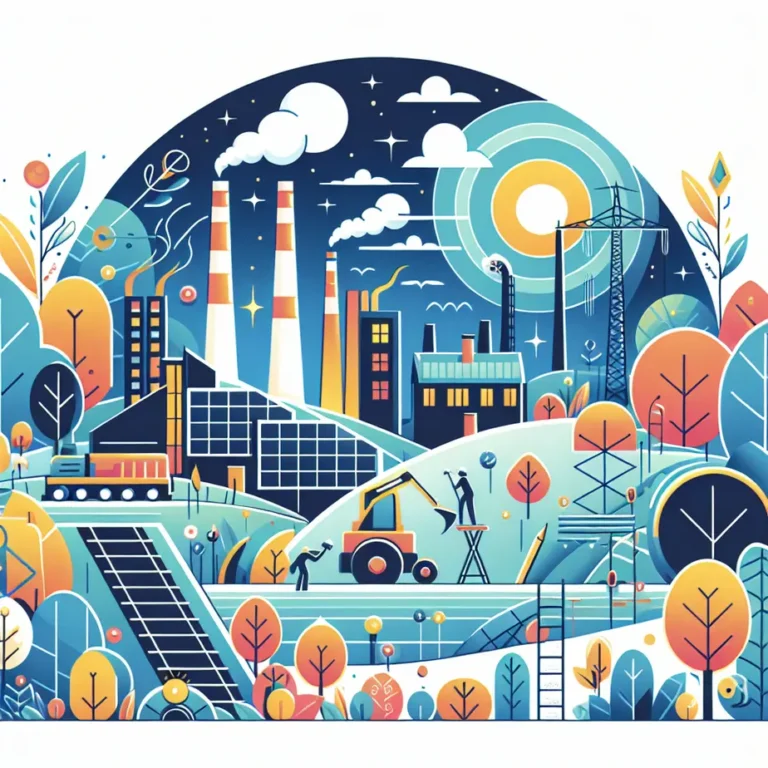
Setting the Stage
On a bright Sunday afternoon, the streets of Chicago transformed into an exhilarating racing circuit as the NASCAR Cup Series took on the Grant Park 165. Chicago, known for its iconic skyline and vibrant culture, is not typically associated with motorsports, but it provided a stunning backdrop for this thrilling race. The urban setting promised unique challenges and unexpected turns, setting the scene for a competition that defied the conventional speedway experience. Fans from all over the country gathered at this historic location, eager to witness their favorite drivers maneuver through the makeshift track carved out within the bustling heart of the city.
The Circuit: Unfamiliar Territory
NASCAR’s decision to hold a race in an urban environment like Grant Park introduced a set of unique challenges for drivers accustomed to large, open tracks. The street course demanded precision and adaptability, with sharp turns and narrow pathways that tested the mettle of the entire grid. Unlike the traditional closed circuits, city streets offered unpredictable surfaces and potential hazards, keeping racers on high alert. This factor brought a new layer of excitement as the drivers had to adjust their racing tactics to account for the ever-changing conditions under their wheels. Enhancing the intensity were the towering structures around them, providing a sharply contrasting environment to the wide-open speedways where NASCAR typically roars to life.
Race Day Drama
The Grant Park 165 delivered edge-of-the-seat excitement, underscoring why street racing in NASCAR could become a staple in the racing calendar. From the crack of dawn, the race was marked by fierce competition and strategic pit stops that had fans on tenterhooks. Several lead changes occurred throughout the event, with teams employing varied strategies to gain the upper hand. It was a race riddled with high-speed duels and tactical maneuvers, all playing out against the hard, unforgiving barriers that city racing entails. While a few drivers faced setbacks, some rose to the challenge, seizing opportunities as rivals faltered, offering a testament to their skill and determination.
A Race for the Ages
The highlight of this urban spectacle was not just the fast-paced action but also the lasting impressions it left on the sport and its fans. For first-timers integrated into an urban course, the drivers exhibited commendable adaptability and spirit. Their ability to adjust to the track’s unique demands demonstrated NASCAR’s evolving nature — staying dynamic and appealing to a diverse fanbase. This intersection of urban and motorsport cultures not only added flair to the race but also pointed towards an exciting future where NASCAR could further push the boundaries of race locations and setups.
Looking Ahead
As the roars of engines quieted down and peace settled back over Chicago, the success of the Grant Park 165 sparked conversations about future city-based events. NASCAR’s foray into urban racing has proven that innovation can breathe new life into traditional sports, resonating with both diehard fans and newcomers alike. The urban track welcomed unpredictability and excitement, reinforcing that sometimes change can invigorate even the most storied of sports. As NASCAR continues to evolve, embracing new challenges and integrating diverse venues, its appeal broadens, promising even more thrilling experiences in seasons to come. Thus, this remarkable event in a historic city might just represent the future of racing, where more iconic urban landscapes become the next thrilling pit stop for motorsport aficionados.






